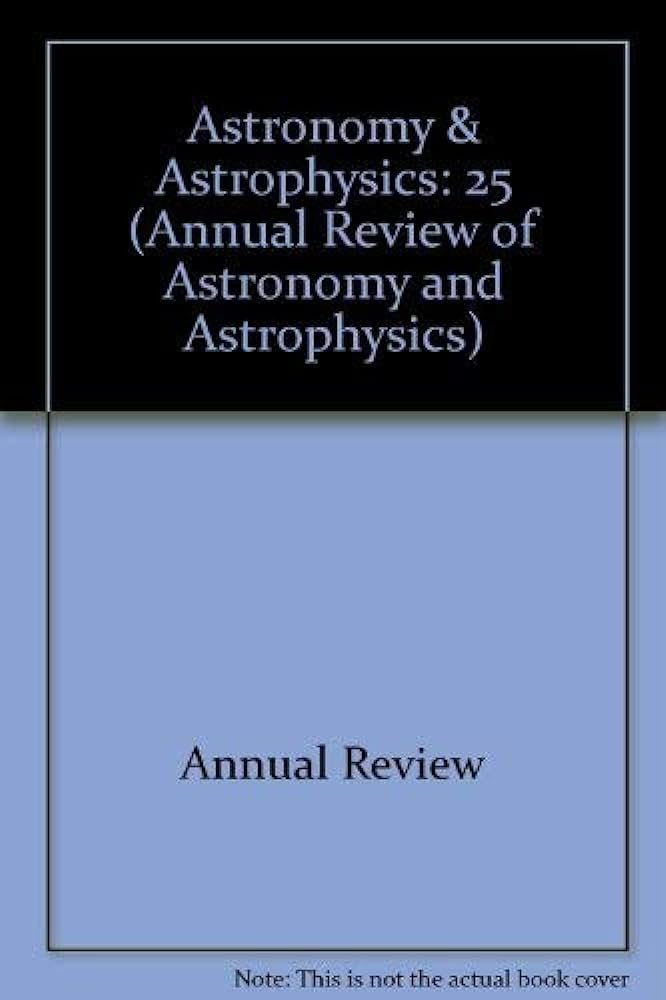碎石堆小行星
IF 32.5
1区 物理与天体物理
Q1 ASTRONOMY & ASTROPHYSICS
Annual Review of Astronomy and Astrophysics
Pub Date : 2018-09-14
DOI:10.1146/annurev-astro-081817-052013
引用次数: 99
摘要
碎石堆这个绰号通常适用于直径大于200米和小于~10公里的所有太阳系天体;在这个尺寸范围内,有大量证据表明,几乎每个物体都主要受自重的束缚,在形状不规则的组成颗粒之间存在显著的空隙或体积孔隙率。对这一群体的理解源于对衍生形状和自旋的广泛群体研究、数十年来在多种波长下的观测研究、对行星和卫星撞击留下的证据,以及通过航天器飞越或交会对少数物体的原位研究。然而,造成瓦砾堆这个名字的内部结构从未被直接观察到,但掩盖了暴力历史。近地轨道上的许多或大多数小行星,以及最容易进行交会和原位研究的小行星,很可能是主小行星带持续碰撞演化的副产品。本文章由计算机程序翻译,如有差异,请以英文原文为准。
Rubble Pile Asteroids
The moniker rubble pile is typically applied to all Solar System bodies >200 m and <∼10 km in diameter; in this size range, there is an abundance of evidence that nearly every object is bound primarily by self-gravity, with significant void space or bulk porosity between irregularly shaped constituent particles. The understanding of this population is derived from wide-ranging population studies of derived shape and spin, decades of observational studies in numerous wavelengths, evidence left behind from impacts on planets and moons, and the in situ study of a few objects via spacecraft flyby or rendezvous. The internal structure, however, which is responsible for the name rubble pile, is never directly observed but belies a violent history. Many or most of the asteroids on near-Earth orbits and those most accessible for rendezvous and in situ study are likely by-products of the continued collisional evolution of the main asteroid belt.
求助全文
通过发布文献求助,成功后即可免费获取论文全文。
去求助
来源期刊

Annual Review of Astronomy and Astrophysics
地学天文-天文与天体物理
CiteScore
54.80
自引率
0.60%
发文量
14
期刊介绍:
The Annual Review of Astronomy and Astrophysics is covers significant developments in the field of astronomy and astrophysics including:The Sun,Solar system and extrasolar planets,Stars,Interstellar medium,Galaxy and galaxies,Active galactic nuclei,Cosmology,Instrumentation and techniques,
History of the development of new areas of research.
 求助内容:
求助内容: 应助结果提醒方式:
应助结果提醒方式:


